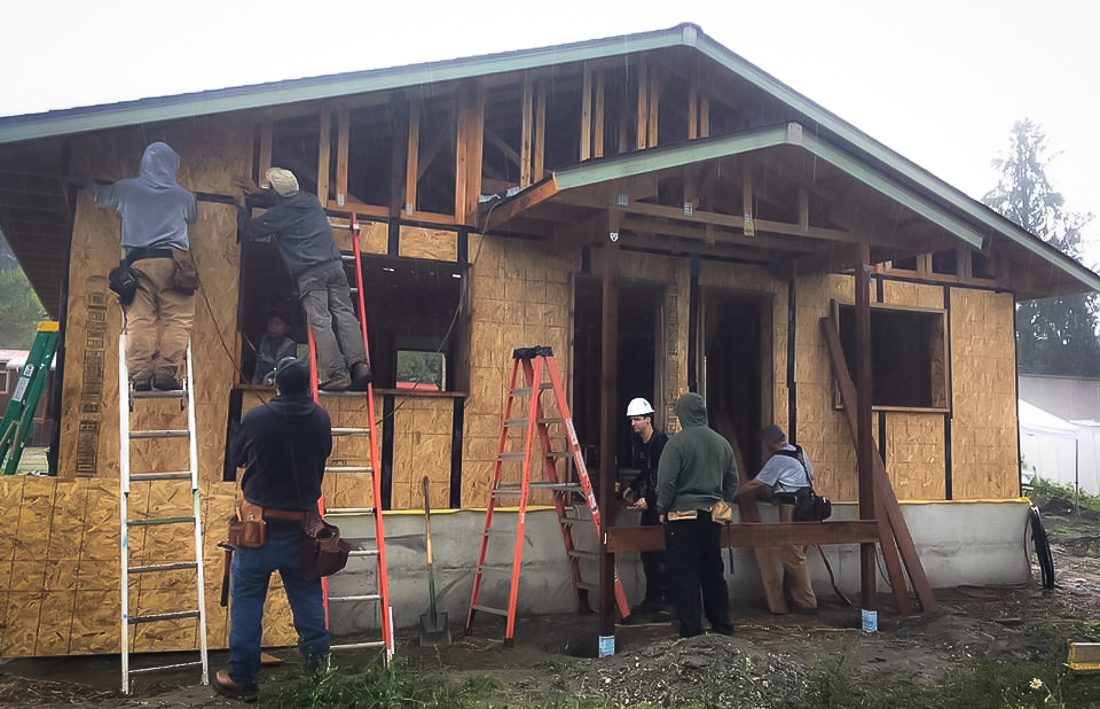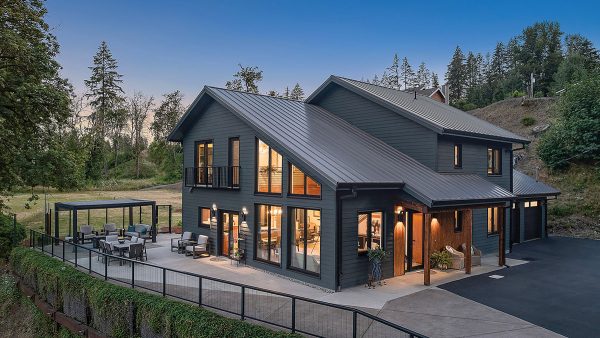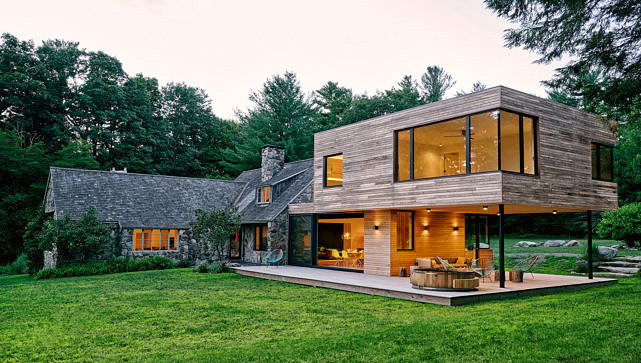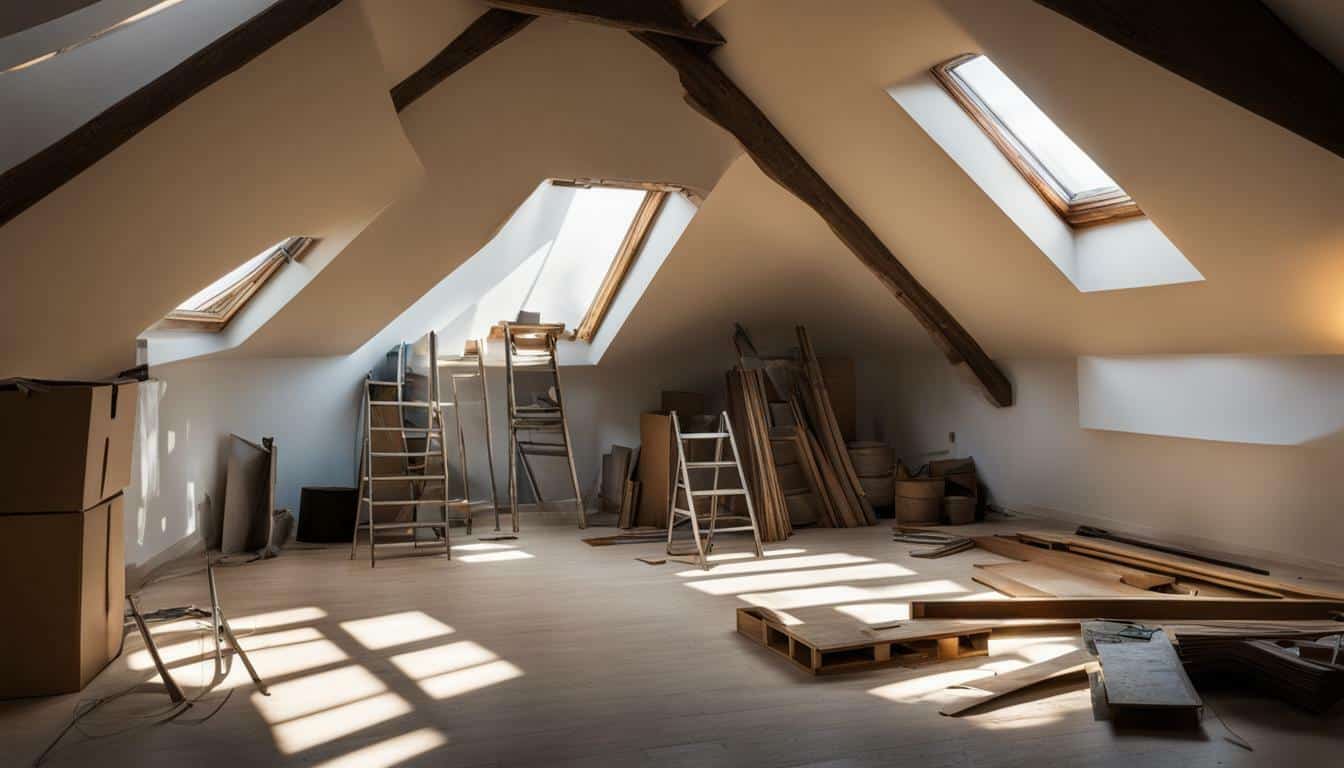Understanding the principles of passive house heating and cooling can lead to significant energy savings and a more comfortable living environment. This guide will provide an overview of the key concepts and strategies involved in creating an efficient, passive heating and cooling system for your home.
Before we delve into the specifics, it’s important to understand the basics of a passive house design. A passive house is designed to maximize energy efficiency, reducing the need for auxiliary heating or cooling.
Key Principles of Passive House Design
Passive house design is based on five key principles: superior windows, thermal bridge free design, ventilation with heat recovery, quality insulation, and airtight construction. These principles work together to create a home that maintains a comfortable temperature year-round with minimal energy use.
Heating and Cooling in Passive Houses
By utilizing passive solar design and high-quality insulation, passive houses can significantly reduce the need for active heating and cooling. This not only saves energy but also creates a more comfortable living environment.
Implementing Passive House Heating and Cooling
To implement a passive house heating and cooling system, it’s crucial to work with an experienced architect or builder. They can help design a home that takes advantage of the local climate and sun exposure, while also ensuring the home is properly insulated and sealed.
For more information on passive house design, check out this comprehensive guide on the Passive House standard.
When it comes to implementing these principles in your own home, there are several products that can help. Consider using a track system with solar cam to monitor your home’s energy usage and a balance heating and power to optimize your energy use.





